- Joined
- Feb 26, 2003
- Messages
- 379
Post by beryl » 19 Nov 2010 18:14
. What does everyone mean by the term 'virtual facet'? It is new and meaningless to me.
In my answer to Bruce I attributed the term to the GIA and their early diamond course.
Sergey sent me a polite inquiry asking: "What is date for this GIA early diamond course? Could you send link or scan copy?"
After checking, I reported to him that I was unable to find reference to virtual facets in any of the past GIA diamond courses or other literature.
Sergey wrote back explaining the reason why:
"I introduced this term during IDCC1(2004) http://www.gemology.ru/cut/english/conferens-article/7.htm
I developed VF term for ETAS.
Virtual diamond facets
A virtual facet of diamond can be explained by the overlapping the crown and pavilion facets.
A good diamond should have two types of virtual facets: small facets guarantee that at least one sparkle is always visible, and big facets reveal bright sparkles." Sergey
I want to set the record straight on this, as I believe correct attribution is important.
Michael D Cowing
. What does everyone mean by the term 'virtual facet'? It is new and meaningless to me.
In my answer to Bruce I attributed the term to the GIA and their early diamond course.
Sergey sent me a polite inquiry asking: "What is date for this GIA early diamond course? Could you send link or scan copy?"
After checking, I reported to him that I was unable to find reference to virtual facets in any of the past GIA diamond courses or other literature.
Sergey wrote back explaining the reason why:
"I introduced this term during IDCC1(2004) http://www.gemology.ru/cut/english/conferens-article/7.htm
I developed VF term for ETAS.
Virtual diamond facets
A virtual facet of diamond can be explained by the overlapping the crown and pavilion facets.
A good diamond should have two types of virtual facets: small facets guarantee that at least one sparkle is always visible, and big facets reveal bright sparkles." Sergey
I want to set the record straight on this, as I believe correct attribution is important.
Michael D Cowing

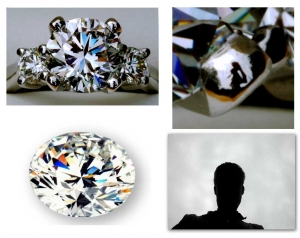
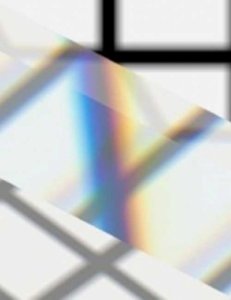
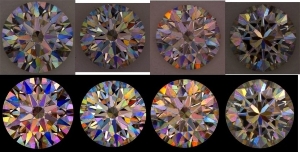
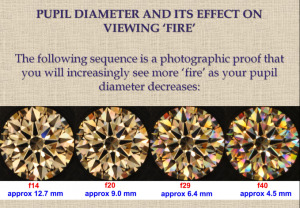

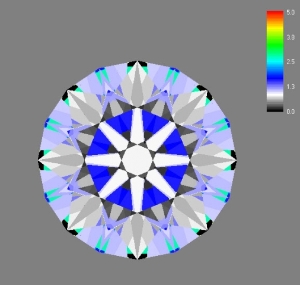
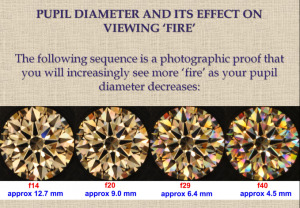


300x240.png)